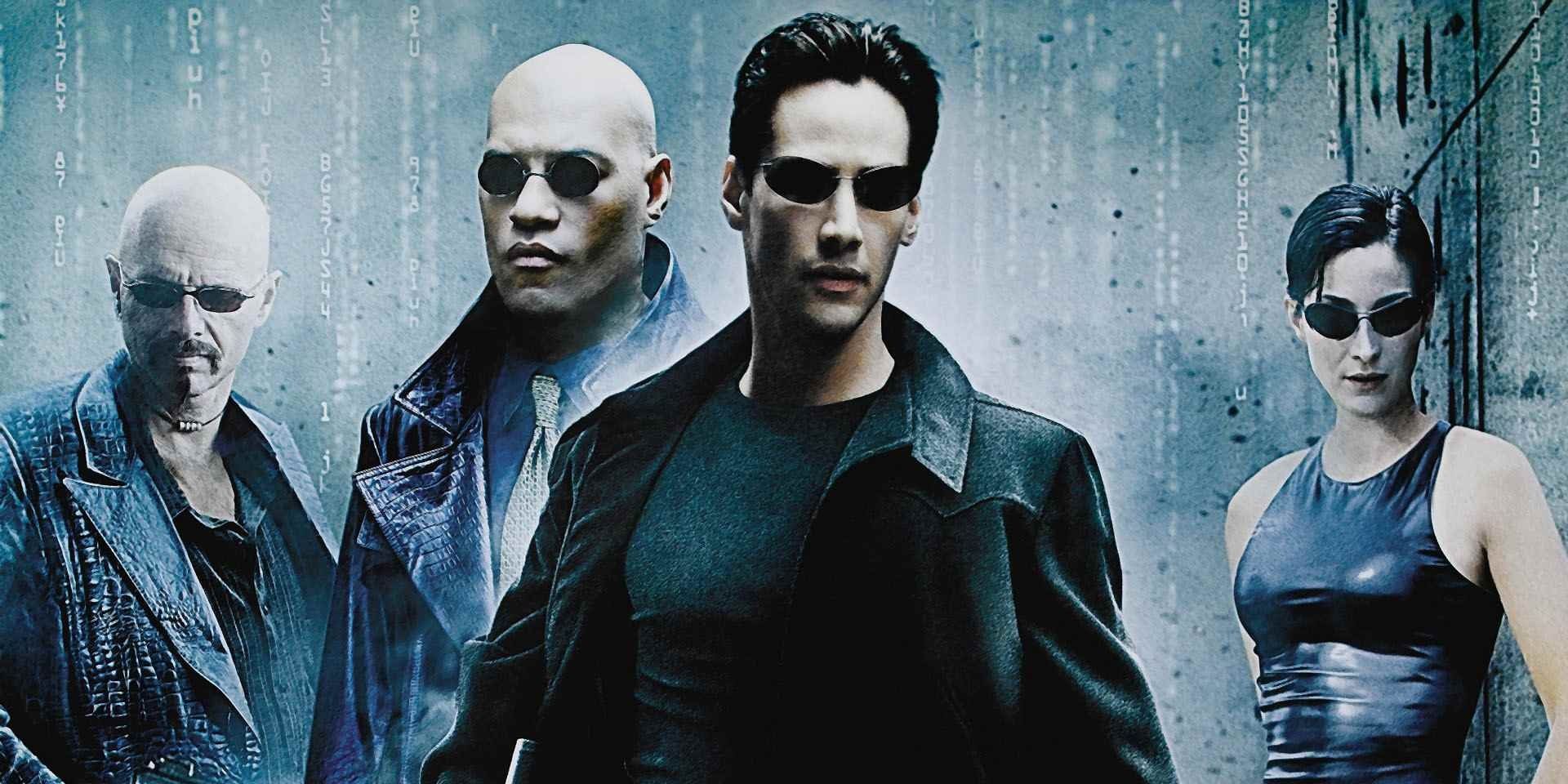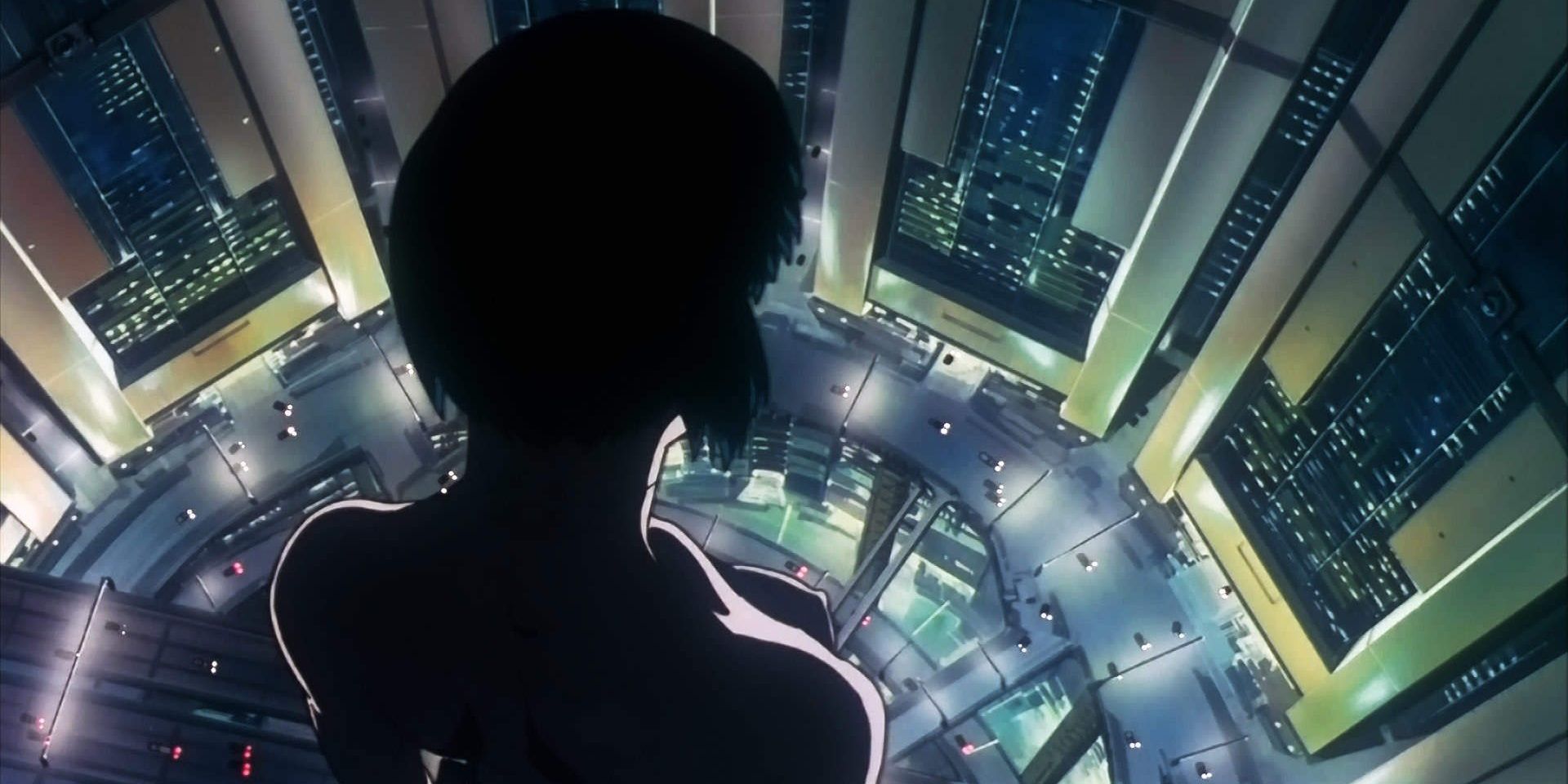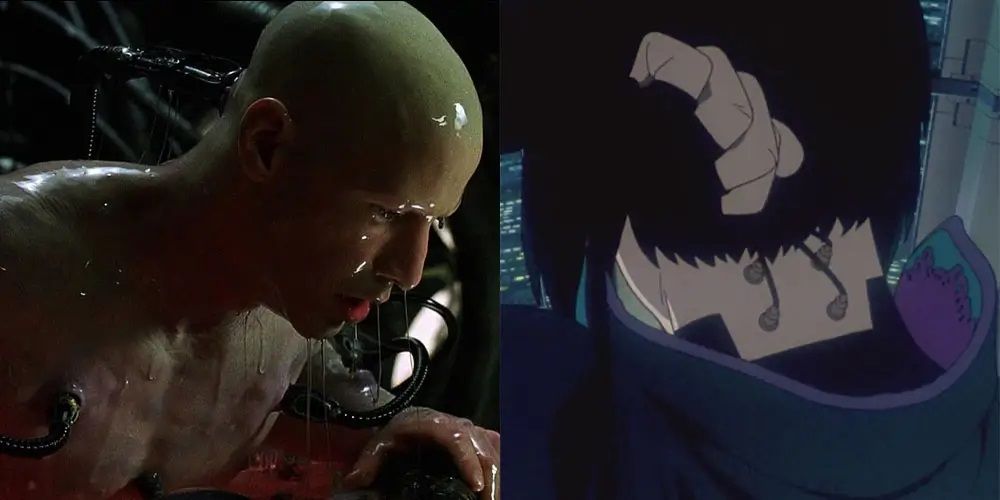
Back in 1999, the Wachowskis’ The Matrix was released to critical acclaim and global success as audiences across the world fell in love with its thought-provoking themes, its action-packed set pieces, its captivating characters, and its green-tinted visuals. In addition to being lauded as one of the greatest action movies ever made, The Matrix was praised as a groundbreaking work of science fiction. But a lot of its themes and concepts had already been explored in Mamoru Oshii’s classic 1995 anime Ghost in the Shell.
The similarities were intentional. The Wachowskis were heavily influenced by the movie and even used it as a reference point when they first pitched The Matrix to studios. They reportedly screened Ghost in the Shell for producer Joel Silver and simply told him, “We wanna do that for real.” They effectively set out to realize the glorious visual style of Ghost in the Shell in live-action form, while also borrowing some of its ideas and plot points along the way. In fact, the duo took so much influence from Ghost in the Shell that they asked for the creator’s permission to make the movie out of fears that their homage was bordering on plagiarism.
RELATED: 'The Matrix' Is Actually A Brilliant Trans Allegory
Set in Japan in 2029, Ghost in the Shell follows Major Kusanagi, a cyborg cop searching a sprawling metropolis for a sinister hacker who goes by the alias “The Puppet Master.” The Matrix, on the other hand, is about a hacker being removed from the simulated world, told he’s the prophesized “The One,” and trained to save the world. While the setups of each story are different, they’re both ultimately about technology’s gradual takeover of society. In Kusanagi’s case, she’s a cyborg who’s been programmed to feel authentically human and grapples with the concept of self-identity. In Neo’s case, he’s a human being whose entire existence is a lie made up by humanity’s cybernetic overlords.

The exact lore of The Matrix and Ghost in the Shell differ in a few key ways. In The Matrix, human beings live out lifetimes programmed by machines while their physical bodies are lying in vats of goo. In Ghost in the Shell, memories are implanted in the minds of the characters. While the specifics are different, the themes are the same. Both stories are about the distinction between virtual reality and physical reality, and both dare to wonder if the distinction even matters. In both movies, the protagonists go through an earth-shattering awakening: Kusanagi realizes she can have consciousness beyond her cyborg programming; Neo realizes there’s a world outside his perceived reality.
In addition to the general themes borrowed by the Wachowskis, a few specific concepts were ripped straight from Oshii’s movie. The “digital rain” effect, now commonly attributed to The Matrix, was inspired by the opening credits of Ghost in the Shell. The way characters are plugged into the Matrix via ports in the backs of their necks was taken directly from Ghost in the Shell. In Ghost in the Shell’s shootout scene, Kusanagi takes cover behind a pillar as it’s chipped apart by gunfire. In The Matrix’s shootout scene, Neo takes cover behind a pillar as it’s chipped apart by gunfire.
Although The Matrix was heavily inspired by Ghost in the Shell, it wasn’t the Wachowskis’ only reference point. Their 1999 masterpiece is a cocktail of influences. Neo’s journey into the real world has plenty of parallels with Lewis Carroll’s Alice’s Adventures in Wonderland. Action scenes like the lobby shootout draw on the visceral intensity of Hong Kong action cinema. The story also borrowed a lot of elements from William Gibson’s seminal cyberpunk novels, particularly Neuromancer.

Ghost in the Shell did get an official live-action remake in 2017, but it was a CGI-laden mess that completely bungled the original’s complex storytelling, and that’s not even the most egregious part. The remake’s casting of Caucasian actors like Scarlett Johansson in the original anime’s Japanese roles was met with accusations of whitewashing. The 2017 remake was so dreadful that it’s best to just consider The Matrix to be the unofficial live-action remake, just like The Incredibles is the best Fantastic Four movie and Thor: Ragnarok is the best He-Man movie.
While some Ghost in the Shell fans feel scorned that The Matrix amassed a huge fan base using ideas and visuals from their own underappreciated media franchise, the silver lining is that The Matrix being openly inspired by Oshii’s 1995 masterpiece has probably brought more attention to Ghost in the Shell in the western world than it otherwise would’ve received. The movie was already a hit when it first hit theaters, but its ties to The Matrix have invited a whole new audience to enjoy Major Kusanagi’s neon-drenched search for the Puppet Master.
MORE: The Matrix 4 Should Avoid A Major Modern Blockbuster Problem

